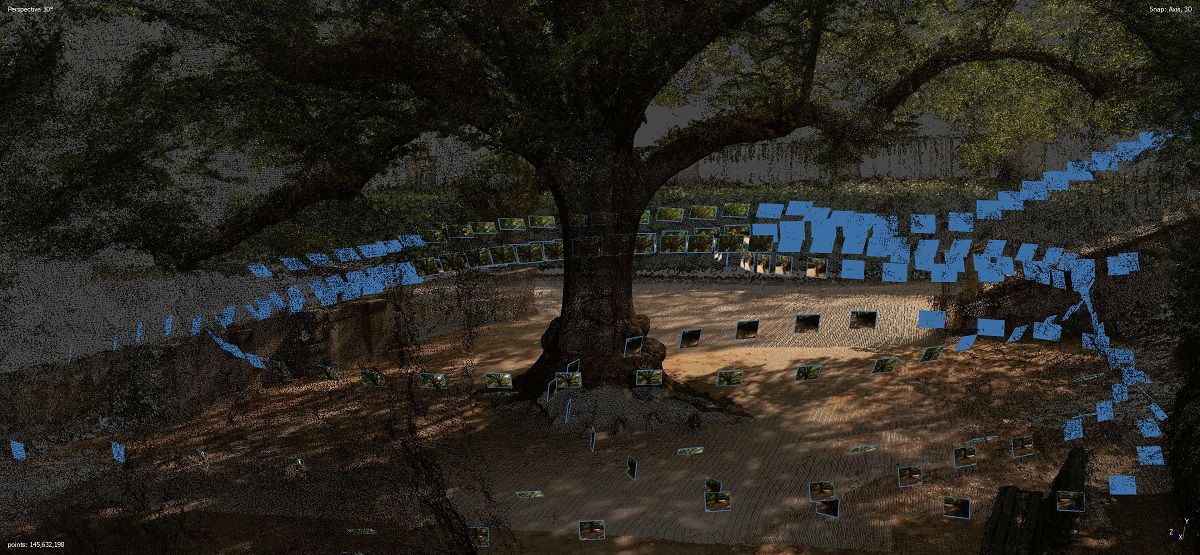And last, but certainly not least, I continue to try out new ways of teaching and creating new teaching materials for my students. In many of the courses I teach, I have tried to promote a connection with cultural heritage (and with Europeana, more specifically). For example, in the last edition of the Interactive Media Design course, I asked students to propose and design a mobile app that would take advantage of or contribute to the contents of Europeana. The results were a series of prototypes, some of which were very creative. For instance, ARTence is a proposal for a mobile app that fetches pictorial references from Europeana for art students to exercise their drawing; or Artican, a mobile game where players are asked to recreate scenes from paintings found in Europeana.
What are some of the challenges in your role? What are some of your favourite elements?
University professors, as in many other professions, end up taking up many roles, each with slightly different challenges. Perhaps the main challenge is exactly the number of different roles one needs to take on and the amount of work that one is expected to accomplish. Juggling teaching, grading, jurying, research, management, etc., feels at times overwhelming. Fortunately, these difficulties are often shaded away by the positive appraisal of students, or by the achievements of the students themselves.
What was your motivation for joining the Members Council?
I got to know the Europeana Network Association a bit by chance (a reference from a colleague) and felt that by joining the Members Council I could understand it a bit better and maybe also contribute to it in a more objective way.
What do you plan to do as a Members Councillor?
I am still navigating my way around the Europeana Network Association and Members Council, and trying to find the best way to contribute. I would like my contribution to be in promoting the use of virtual and augmented reality for the exploration of cultural heritage.




